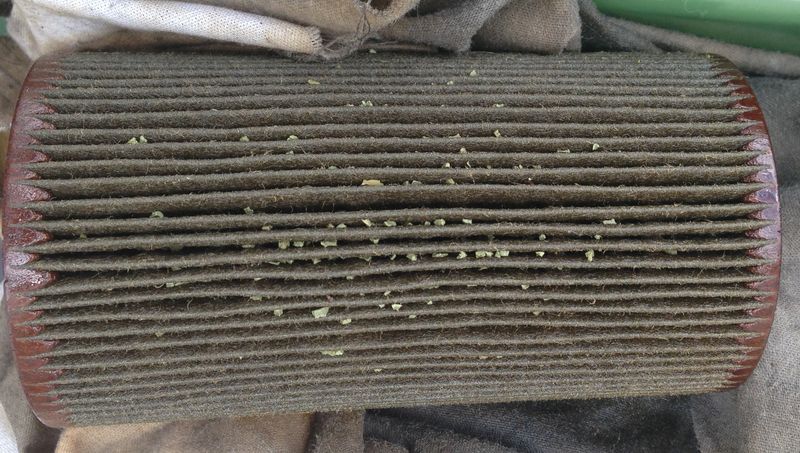Just done an oil service on my 986 2000 2.7 at about 121k miles and found no metallic bits in the filter but lots of these tiny green plastic particles of various sizes. Am guessing they are from the chain guides? There were none at all in the previous oil change. Can anyone advise me please?



The photo of these particles is zoomed in by cropping they generally are 1-2mm in size